The animal kingdom has its fair share of impressive predators, but few command the respect and fear that the king cobra does. Slithering through the dense forests of Southeast Asia, this magnificent serpent has earned its royal title through a combination of size, venom potency, and remarkable behaviors that set it apart from other snakes. As the world’s longest venomous snake and possessing intelligence rarely seen in reptiles, the king cobra (Ophiophagus hannah) represents the pinnacle of serpent evolution. While many snakes are formidable hunters, the king cobra has developed specialized adaptations and hunting strategies that cement its status as a true apex predator in its ecosystem. In this article, we’ll explore ten fascinating facts about this remarkable reptile that demonstrate why it truly deserves its regal name and fearsome reputation.
1. The King Cobra Is the World’s Longest Venomous Snake
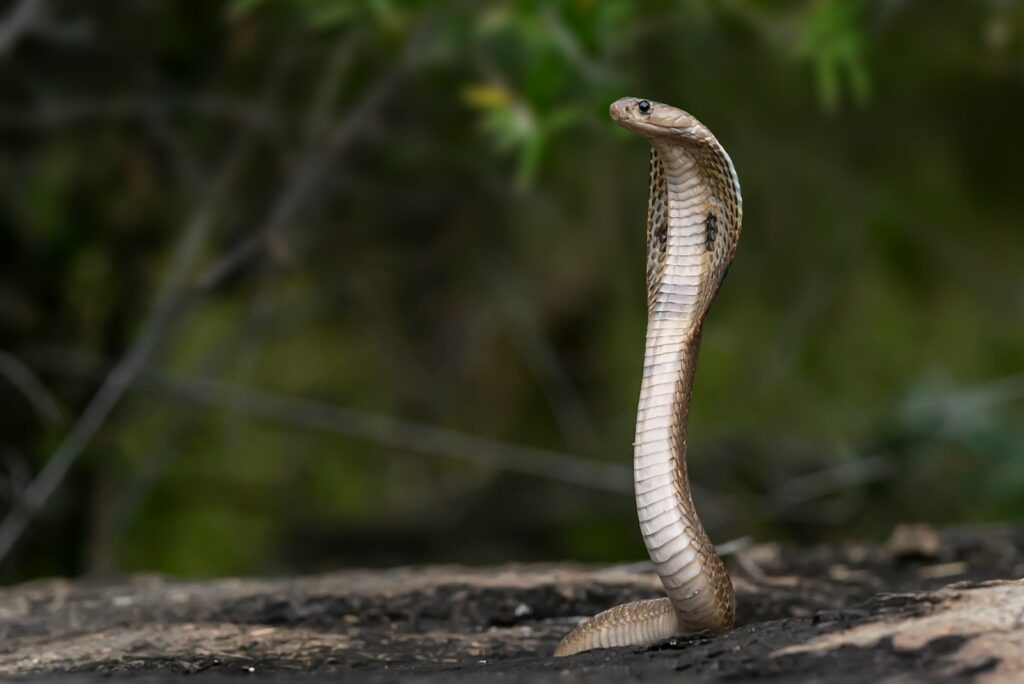
When it comes to venomous snakes, the king cobra stands head and shoulders above the rest—quite literally. These magnificent serpents can reach lengths of up to 18 feet (5.5 meters), making them the longest venomous snakes on the planet. An average adult typically measures between 10 and 13 feet, still towering over most other venomous species.
This impressive size allows them to raise the front third of their body off the ground when threatened, enabling them to look a standing human directly in the eye. Their substantial length gives them significant advantages as predators, including an extended strike range and the ability to overpower larger prey.
2. Their Venom Is Potent Enough to Kill an Elephant
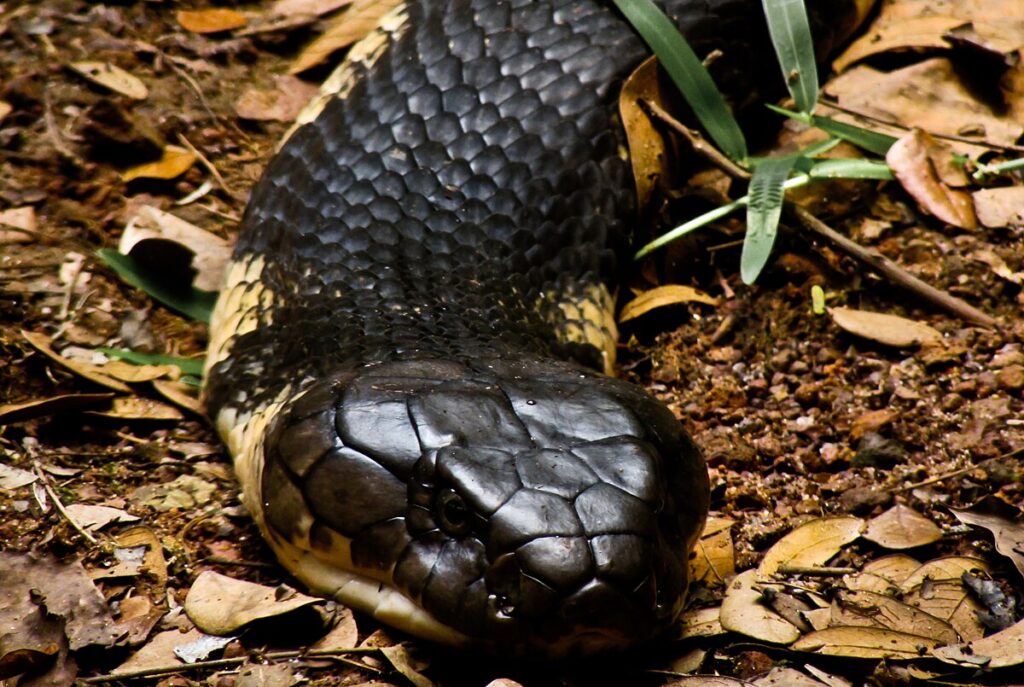
King cobra venom is a sophisticated cocktail of neurotoxins and cytotoxins that attacks the victim’s central nervous system with devastating efficiency. A single bite can deliver up to 7ml of venom—enough to kill 20 people or even an elephant. The venom acts quickly, causing respiratory failure and cardiovascular collapse within hours if left untreated.
Unlike some snakes that use venom primarily to subdue prey before consuming it, the king cobra’s venom is specialized to kill quickly, allowing the snake to avoid dangerous struggles with prey. This potent venom, combined with the snake’s precision strike capabilities, makes the king cobra one of nature’s most efficient killers.
3. King Cobras Are Cannibalistic Snake Eaters
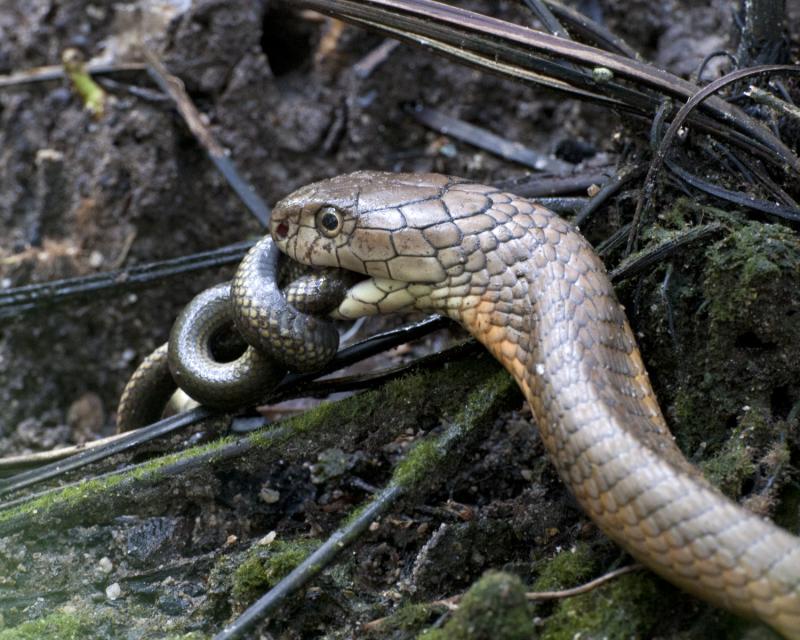
The scientific name of the king cobra, Ophiophagus hannah, translates literally to “snake eater,” revealing one of their most distinctive behaviors. Unlike most snakes that prey on mammals, birds, or amphibians, king cobras primarily hunt and consume other snakes—including venomous species and even smaller members of their own kind. This specialized diet has earned them a unique ecological niche with few competitors.
King cobras can detect chemical trails left by other snakes and will actively track them through the forest floor. Their ability to overpower and consume venomous rivals demonstrates their superior hunting abilities and reinforces their position at the top of the reptilian food chain.
4. They Display Remarkable Intelligence and Memory
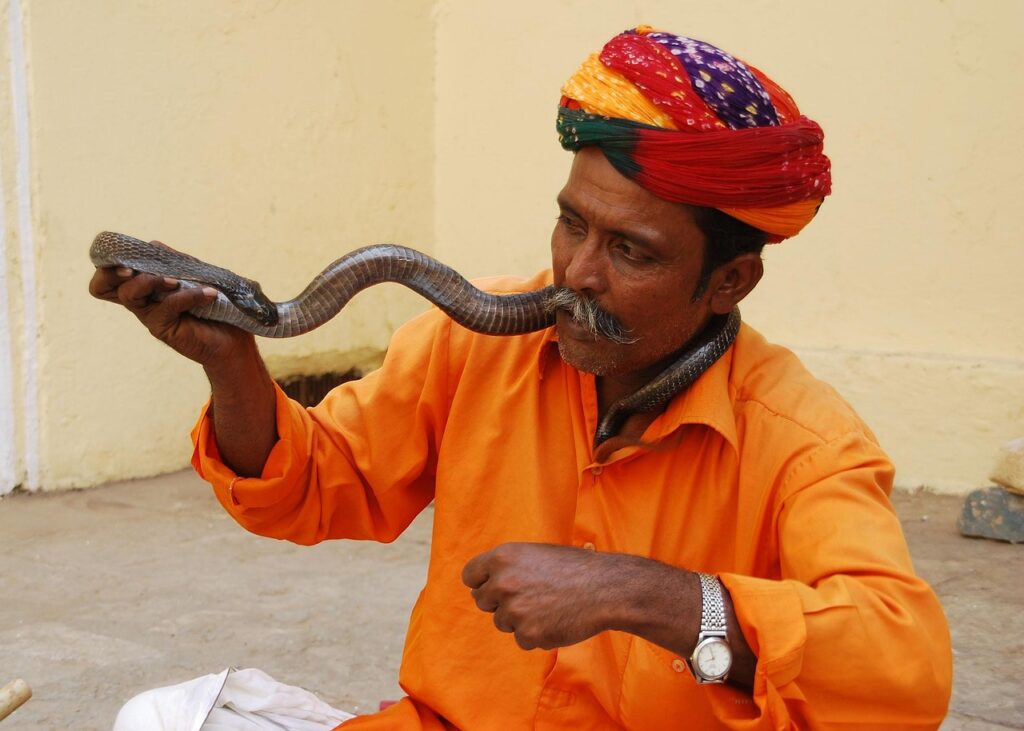
King cobras exhibit cognitive abilities that challenge our understanding of reptilian intelligence. These snakes have demonstrated impressive spatial awareness, problem-solving skills, and memory capabilities that exceed those of most other reptiles. Research has shown that king cobras can remember the locations of previous encounters with humans and will actively avoid areas where they’ve had negative experiences.
They’re capable of recognizing individual humans and other animals, adjusting their responses based on previous interactions. This intelligence extends to their hunting strategies, where they’ve been observed using ambush techniques and tactical positioning to maximize their success rate against prey that might otherwise escape.
5. King Cobras Are the Only Snakes That Build Nests
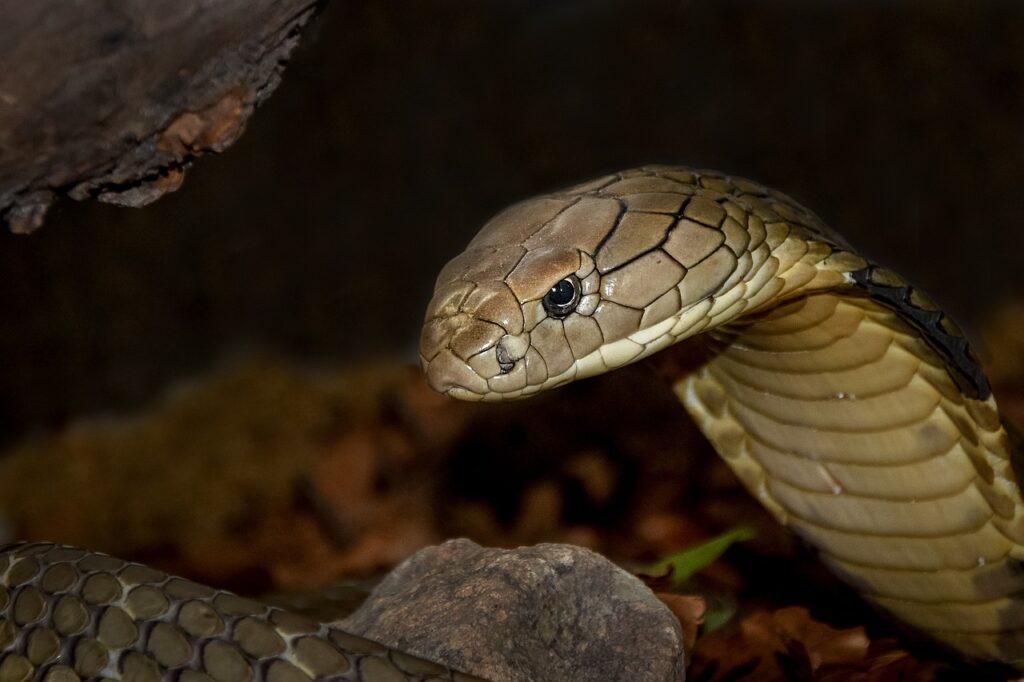
In a behavior unique among serpents, female king cobras construct elaborate nests for their eggs, demonstrating remarkable parental investment. The female gathers leaves, twigs, and other plant material, forming a mound that can measure up to 3 feet high and 5 feet across. She uses her body to compress and shape the materials, creating a protective incubation chamber for her clutch of 20-40 eggs.
Even more impressively, the mother remains near the nest for the entire 60-90 day incubation period, aggressively defending her offspring from potential predators. This extended parental care is extremely rare among reptiles and represents a sophisticated reproductive strategy that helps ensure the survival of their young in challenging environments.
6. Their Hood Display Is an Engineering Marvel
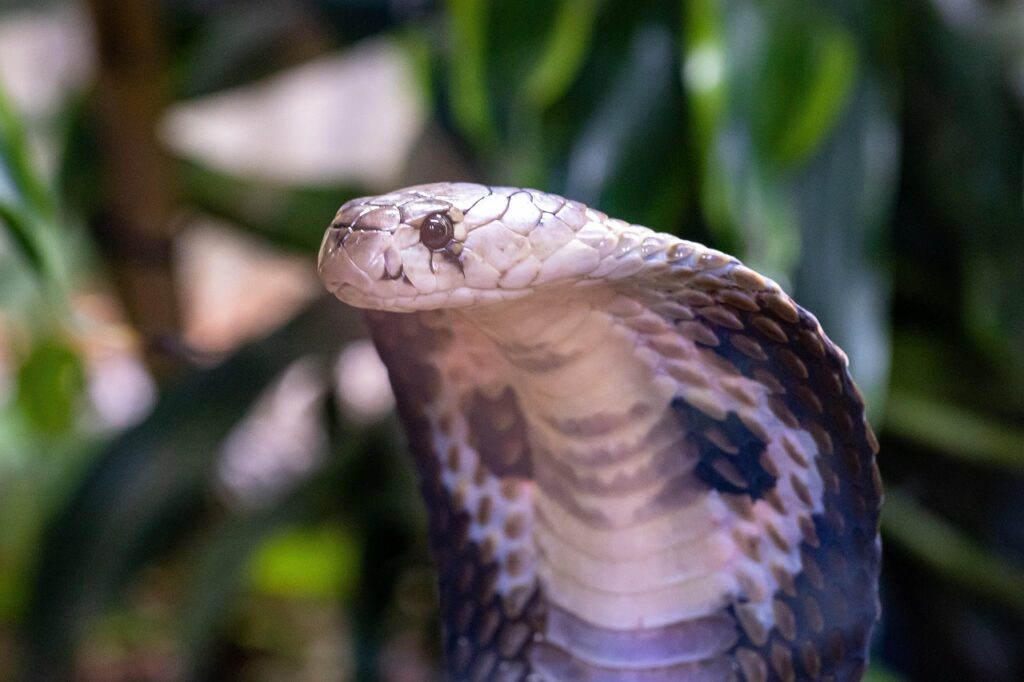
The king cobra’s iconic hood display is more than just intimidating—it’s a biomechanical wonder. When threatened, the snake can spread its neck ribs outward, expanding the skin to create the distinctive hood that makes it appear larger and more imposing to potential threats. This specialized adaptation involves elongated ribs in the neck region that can rotate outward up to 90 degrees, controlled by precise muscular contractions.
The hood serves multiple purposes beyond intimidation, including improved heat dissipation during confrontations and possibly enhanced visual signaling to conspecifics. The speed with which a king cobra can deploy this display—often in less than a second—makes it an effective defensive strategy that few predators are willing to challenge.
7. They Possess Extraordinary Sensory Capabilities
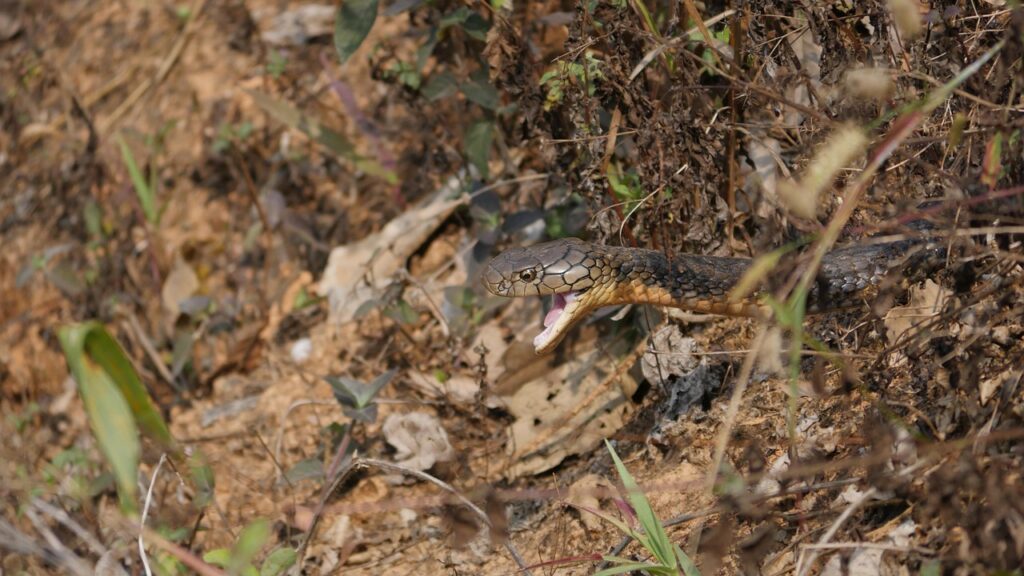
King cobras have evolved an impressive array of sensory adaptations that make them exceptionally effective hunters. Beyond their acute vision, which can detect movement from considerable distances, they possess specialized heat-sensitive pits that allow them to detect minute temperature variations in their environment.
Their forked tongue collects chemical particles that are analyzed by the Jacobson’s organ in the roof of their mouth, effectively giving them a three-dimensional “smell” of their surroundings. King cobras can also detect ground vibrations through their jawbones, alerting them to approaching animals. This multisensory integration enables them to build a comprehensive understanding of their environment, locating prey and avoiding threats with remarkable precision even in complete darkness.
8. King Cobras Can Accurately Control Their Venom Output
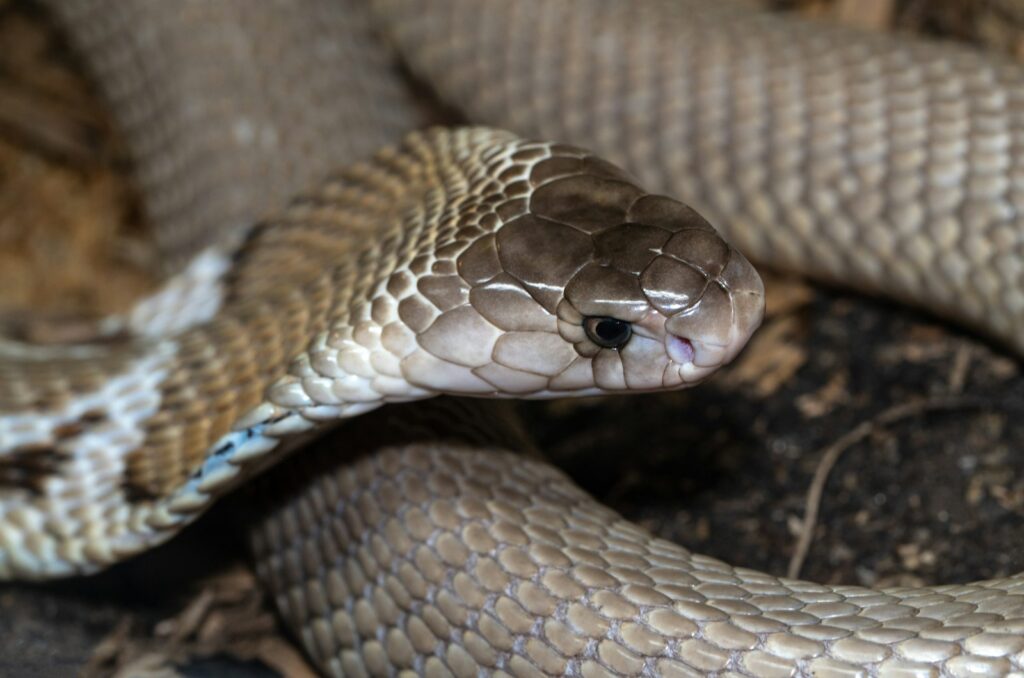
One of the most sophisticated aspects of the king cobra’s predatory arsenal is its ability to precisely regulate the amount of venom injected during a bite. This venom metering allows the snake to deliver different doses depending on the threat level or the size of the prey, conserving this metabolically expensive resource when possible. For small prey, they may inject minimal venom, while for larger threats or prey, they can deliver a maximum dose.
In some defensive situations, king cobras have been known to deliver “dry bites” with little or no venom—effectively serving as a warning. This level of control demonstrates the remarkable neurological sophistication of these predators and their evolutionary adaptation to maximize hunting efficiency.
9. They Exhibit Complex Territorial and Social Behaviors
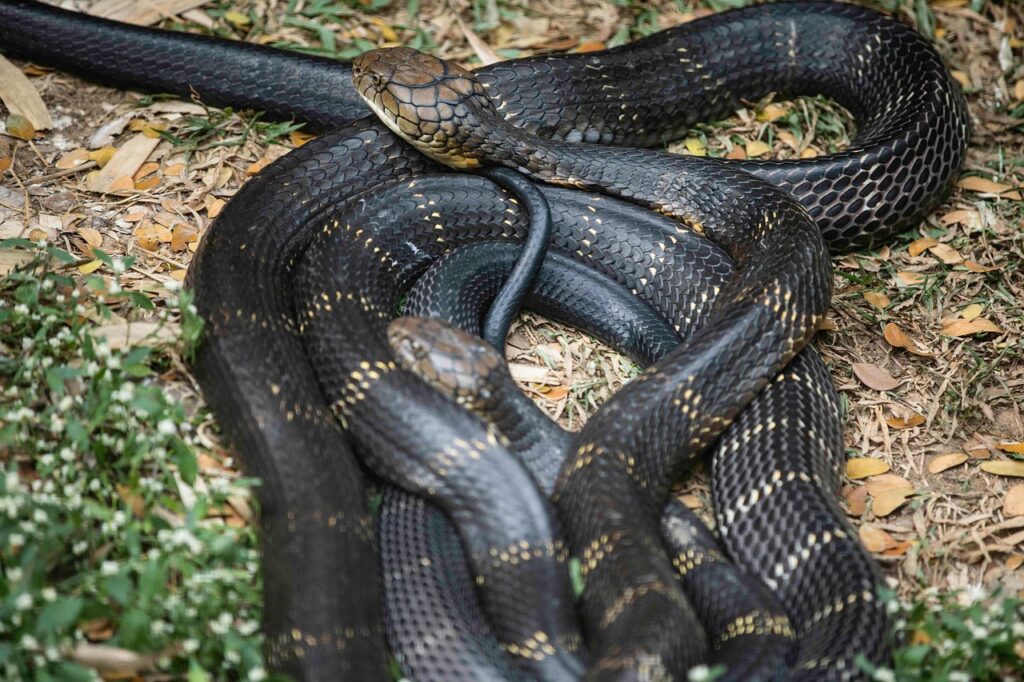
Despite the solitary reputation of most snakes, king cobras display surprisingly complex social and territorial behaviors. Males engage in ritualized combat dances during breeding season, where they intertwine their bodies and attempt to pin each other’s heads to the ground without using venom—a sophisticated conflict resolution mechanism that minimizes potentially fatal injuries.
They maintain and defend large territories spanning up to 5 square kilometers, using chemical markers to establish boundaries. King cobras can recognize individuals of their own species and adjust their behavior accordingly, showing increased aggression toward unknown intruders while tolerating familiar neighbors. These social dynamics reveal a level of behavioral complexity rarely documented in reptiles and suggest higher cognitive functions than previously attributed to snakes.
10. King Cobras Can Plan Strategic Attacks
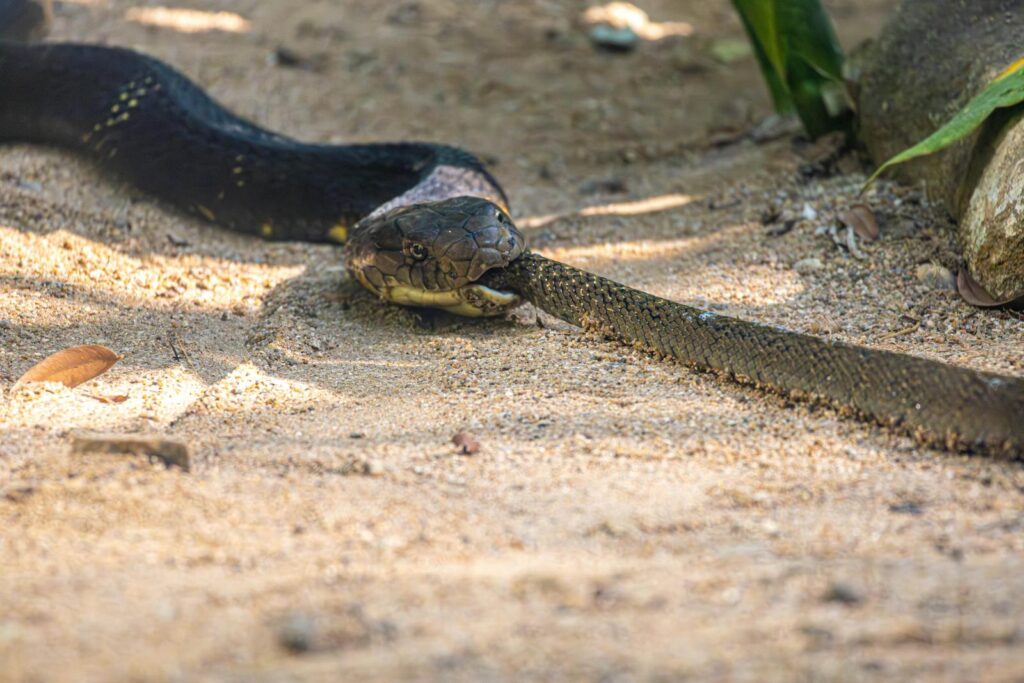
Among the most impressive aspects of king cobra behavior is their ability to plan and execute strategic attacks. Unlike many predators that rely on instinctual responses, king cobras have been observed stalking prey methodically, repositioning themselves for optimal striking positions, and even cutting off escape routes before launching an attack.
They assess prey vulnerability and will wait patiently for the perfect moment to strike, sometimes remaining motionless for hours. When confronting larger threats, they calculate strike distances with remarkable precision, often targeting the most vulnerable areas. This capacity for tactical hunting elevates the king cobra above simple ambush predators and demonstrates a level of cognitive processing that approaches what we might consider “thinking” in the traditional sense.
11. They Can Survive Without Food for Months
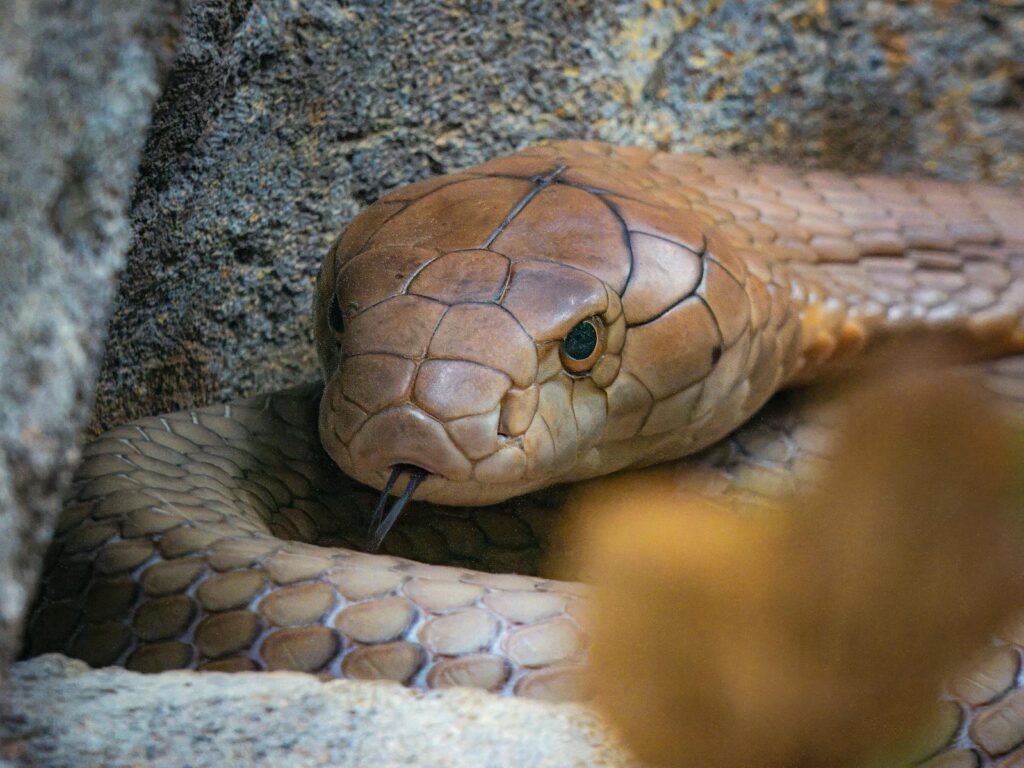
King cobras have evolved remarkable metabolic adaptations that allow them to survive extended periods without eating, sometimes going three to four months between meals. This ability stems from their highly efficient digestive system, which can extract maximum nutrients from their prey, and their capacity to dramatically reduce their metabolic rate during fasting periods.
After consuming a large meal, they enter a digestive state where they redirect blood flow and energy to their digestive tract, breaking down the entire prey—bones, scales and all. Their liver can store significant energy reserves in the form of glycogen, which is slowly released during fasting periods. This feast-or-famine adaptation gives them a significant advantage during seasonal prey scarcity and allows them to maintain their apex position even in challenging ecological conditions.
12. King Cobras Have Cultural and Historical Significance
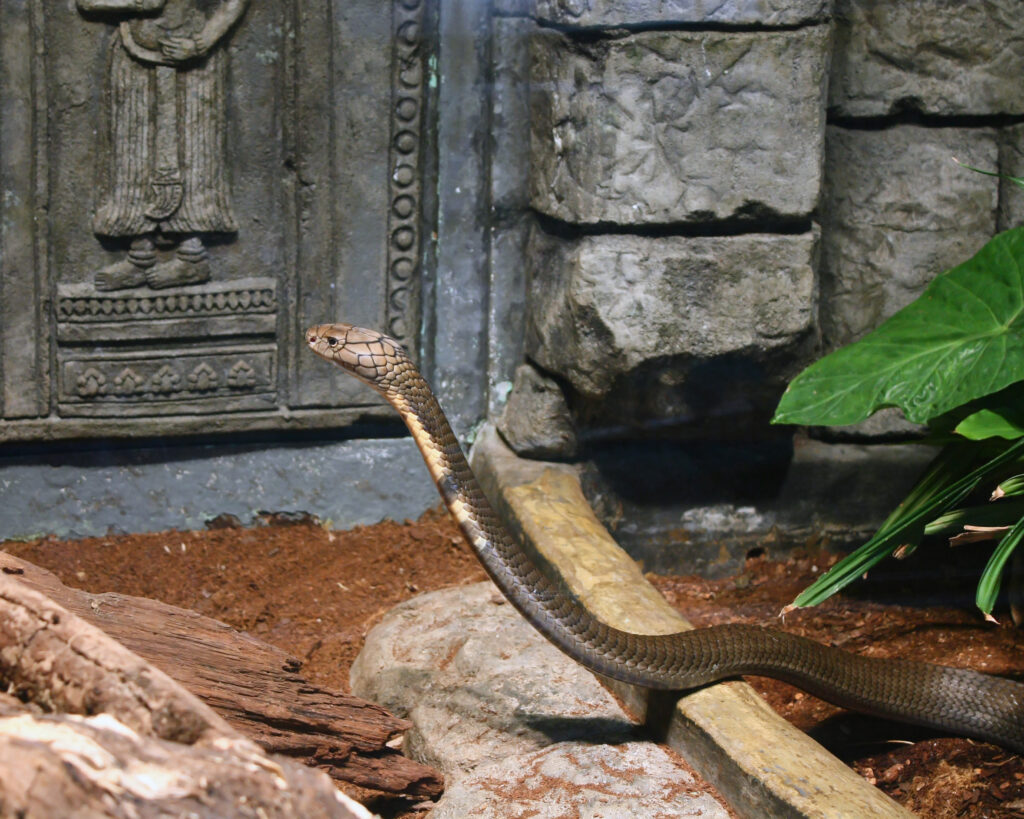
Beyond their biological significance, king cobras have played profound roles in human culture throughout history, particularly in their native regions of South and Southeast Asia. In Hindu mythology, the divine naga (serpent deities) often take the form of king cobras, representing both destructive and protective forces. Ancient Thai and Cambodian temples feature extensive cobra imagery, where they symbolize wisdom and cosmic protection.
King cobras appear in traditional medicine systems, folklore, and religious practices across their range, often inspiring both fear and reverence. This cultural elevation further separates them from ordinary snakes and acknowledges their exceptional nature. Even today, conservation efforts for king cobras often succeed where other snake protection fails precisely because of this deep-rooted cultural significance.
The king cobra stands as one of nature’s most perfectly evolved predators, combining physical prowess, sophisticated venom delivery, and cognitive abilities that challenge our understanding of reptilian capabilities. From their impressive size and deadly venom to their complex social behaviors and unique nest-building habits, every aspect of the king cobra’s biology reinforces its position at the apex of its ecosystem.
While many snakes are efficient hunters, the king cobra’s specialized adaptations and behaviors—particularly its snake-eating diet, strategic hunting approaches, and remarkable intelligence—truly set it apart. As we continue to study these magnificent creatures, we discover ever more evidence of their extraordinary nature and the complex evolutionary pathways that have shaped them into the ultimate serpent predators. In the dense forests of Asia, the king cobra doesn’t just survive—it reigns supreme.

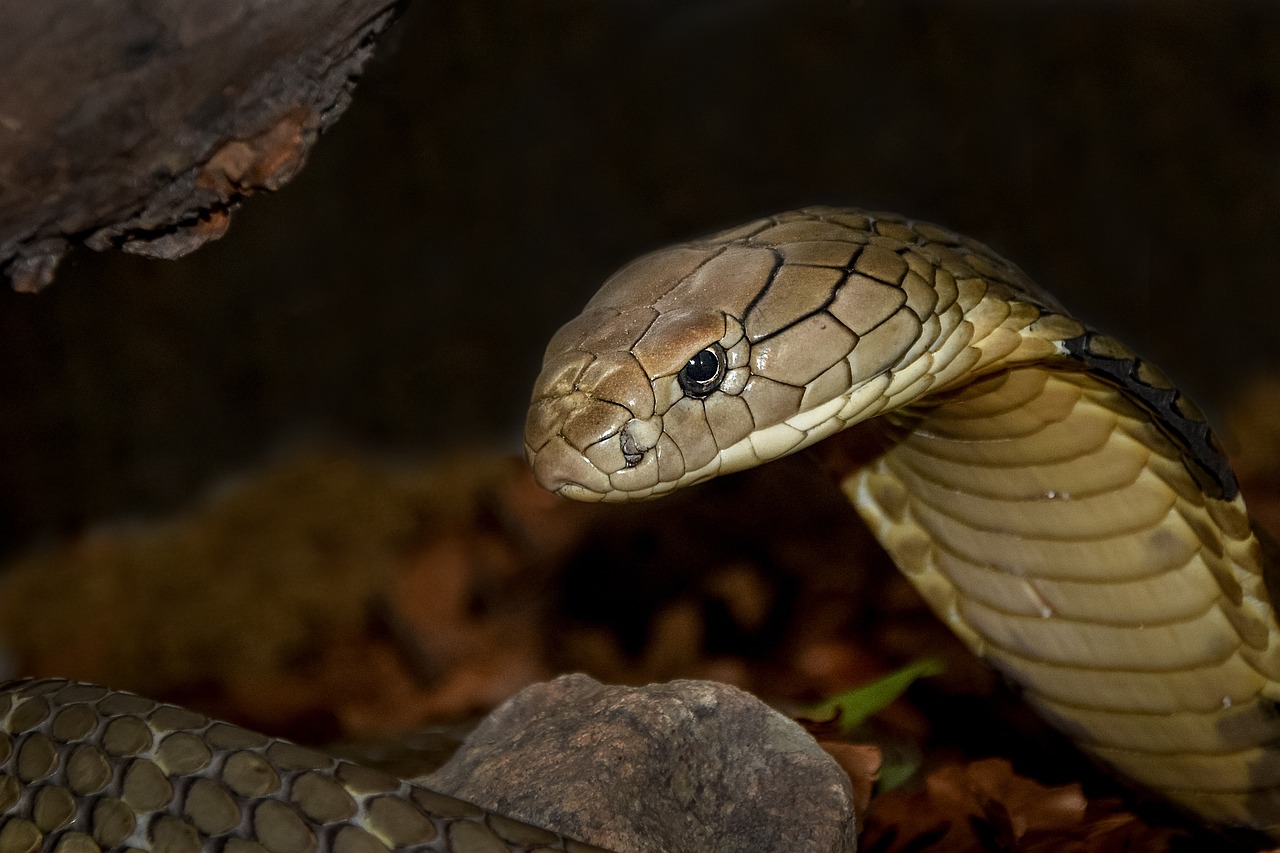
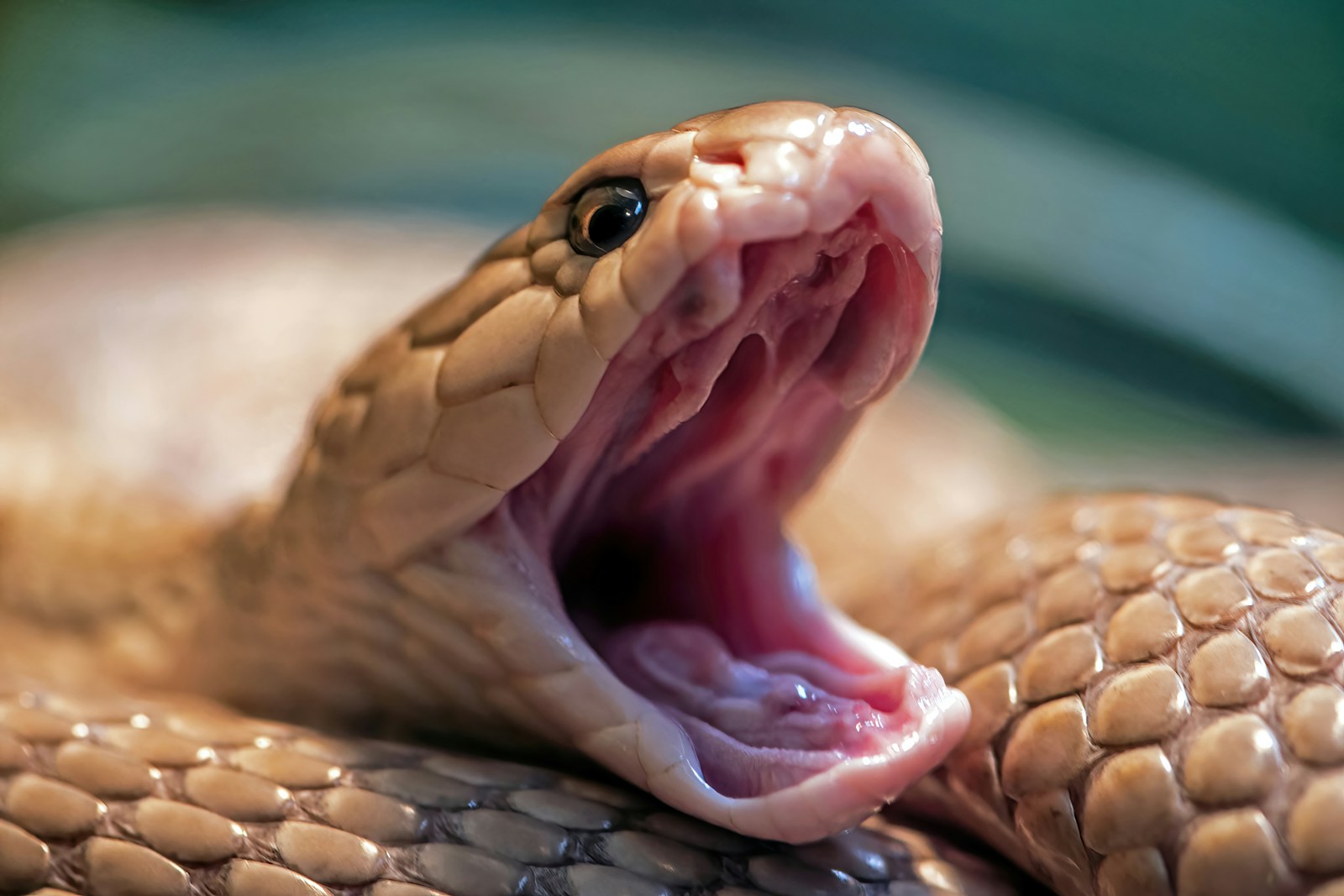
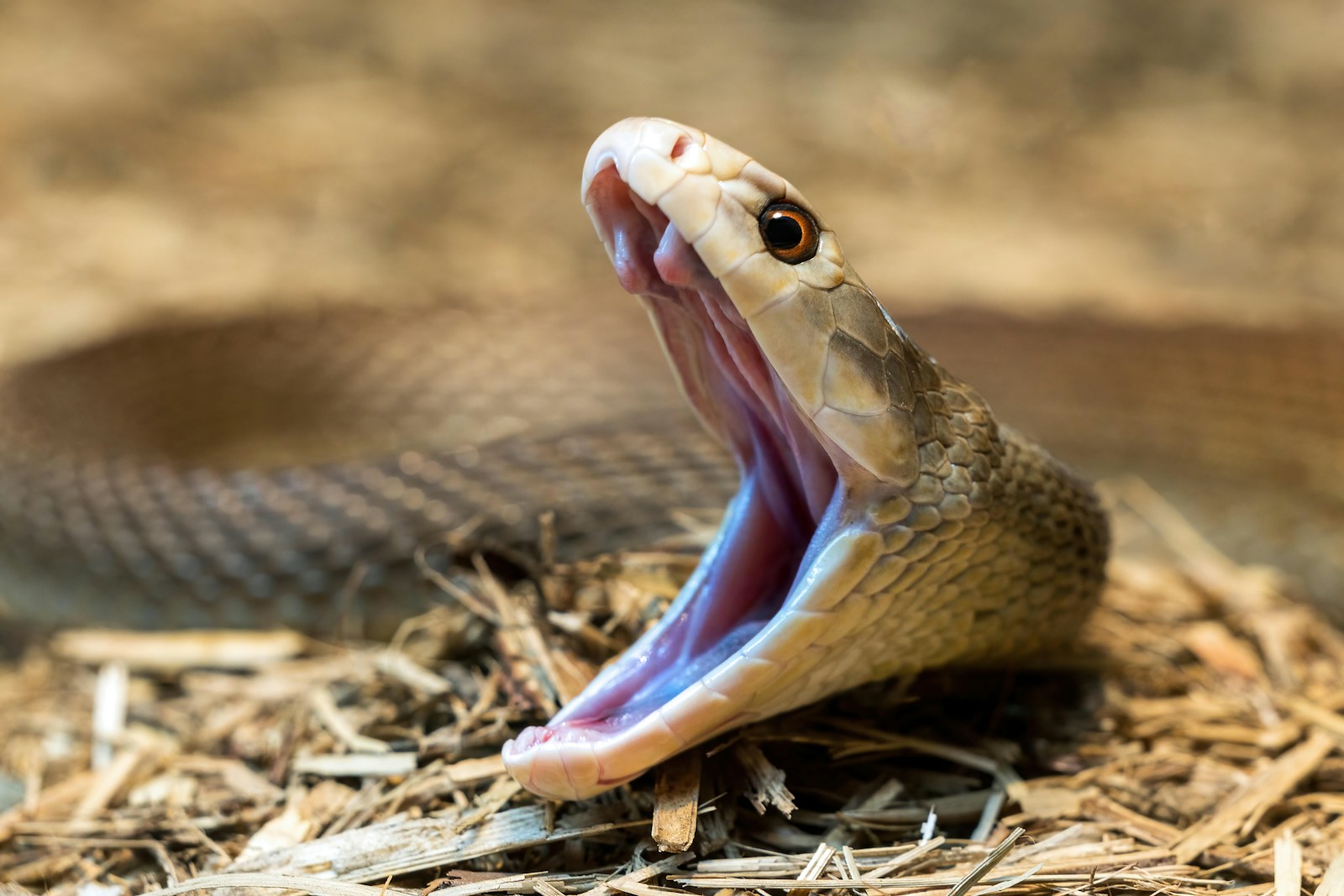
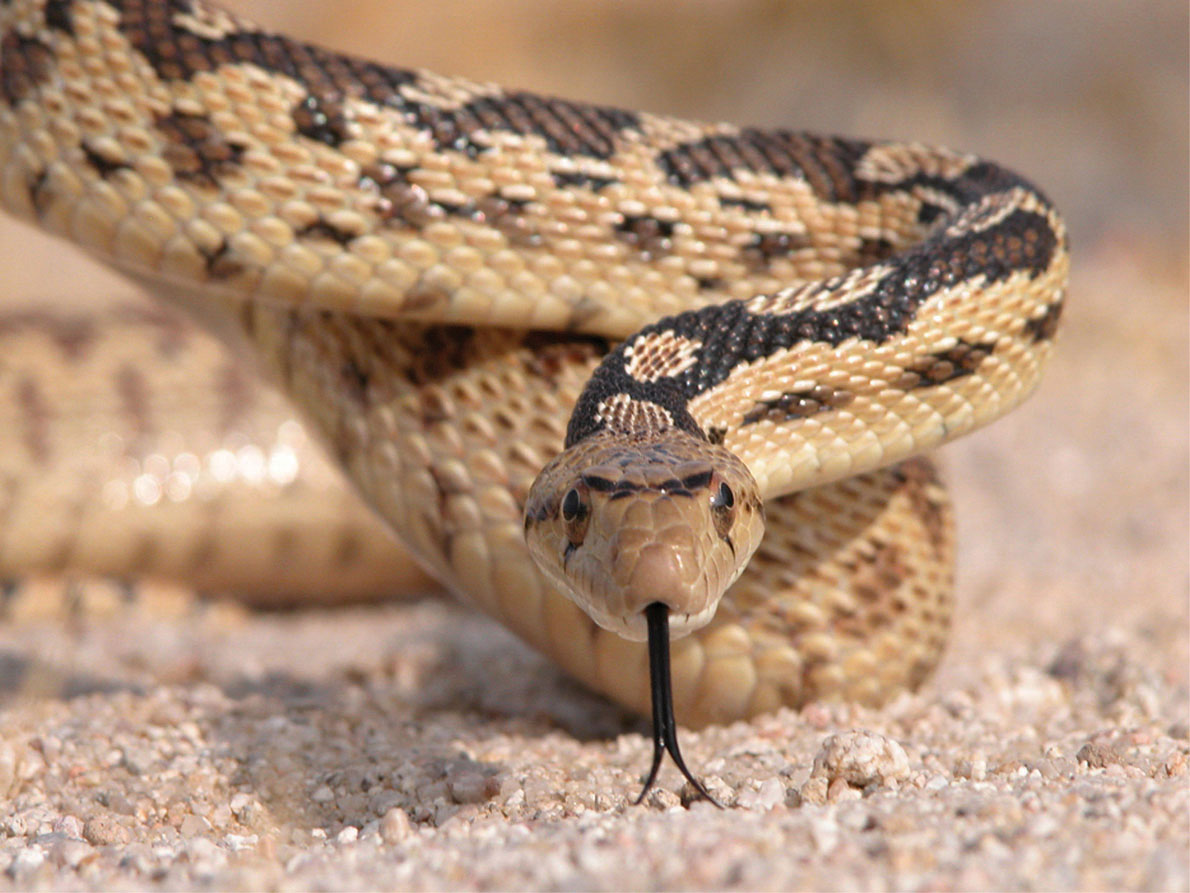
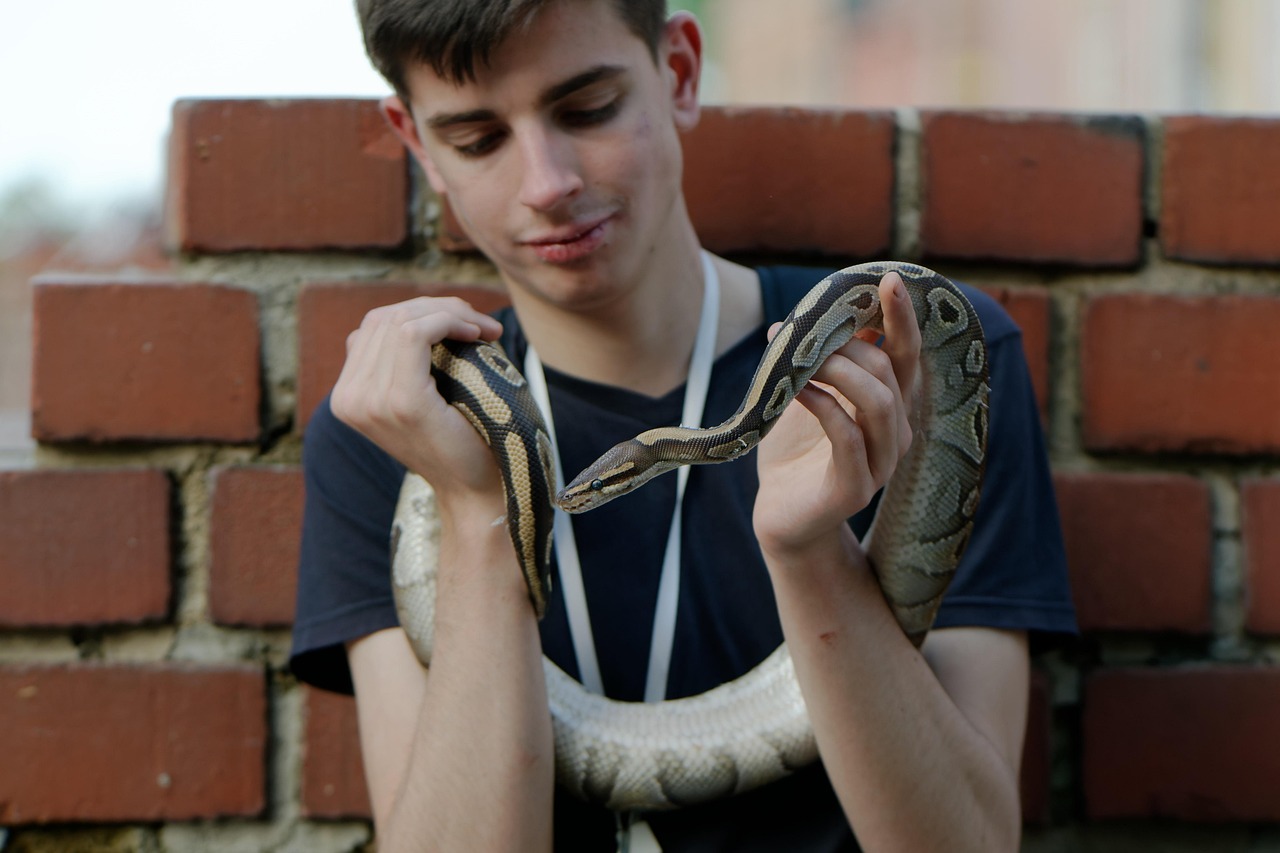
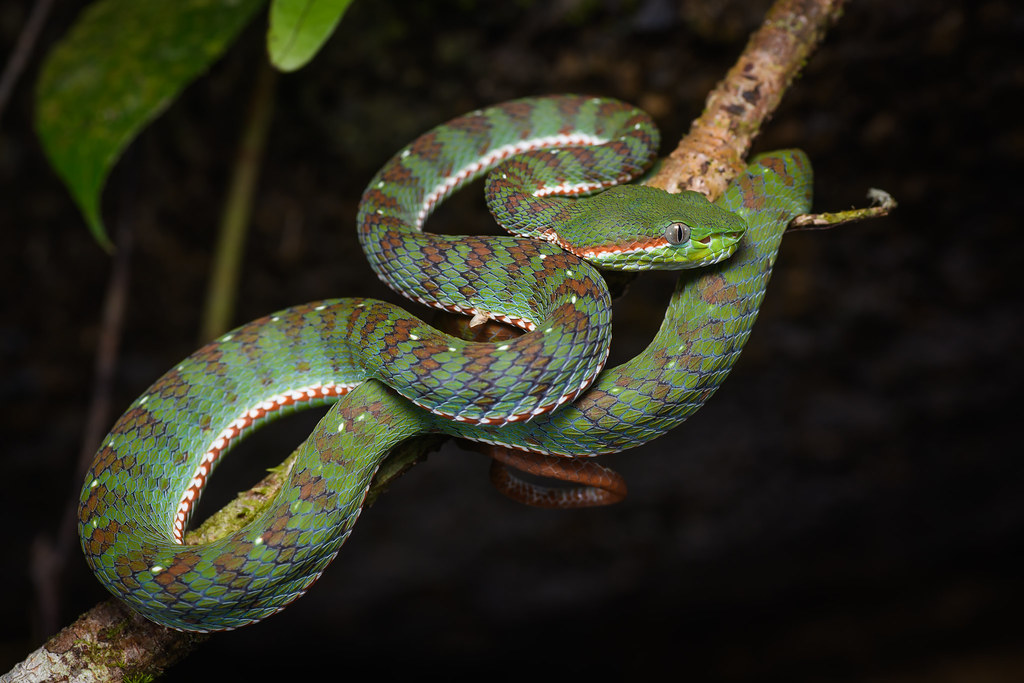
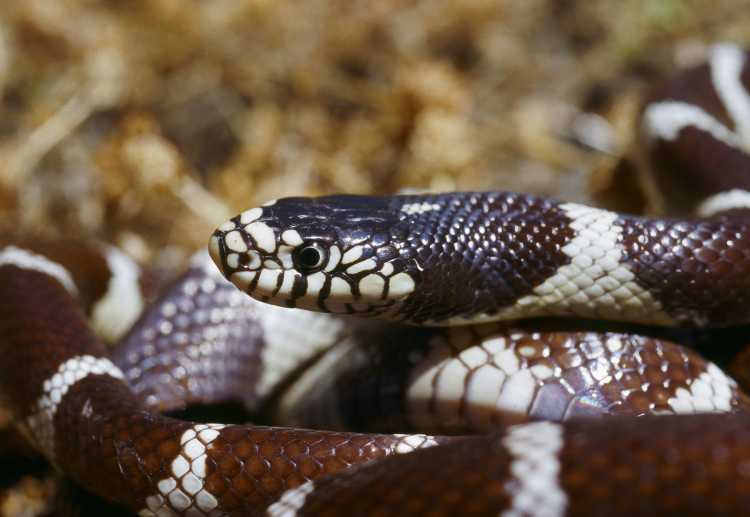
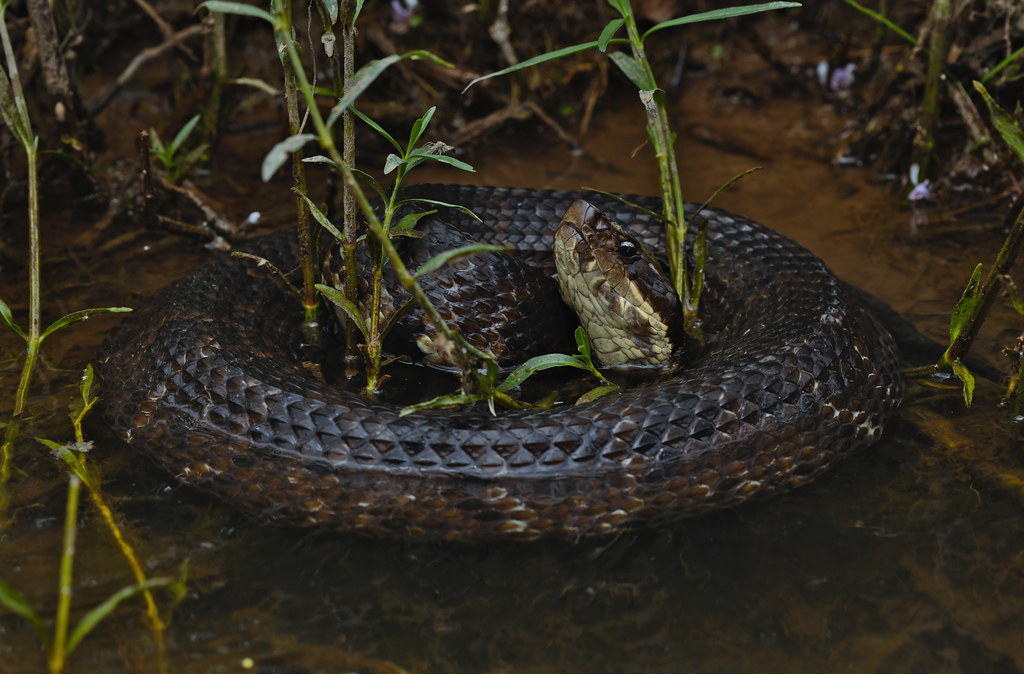
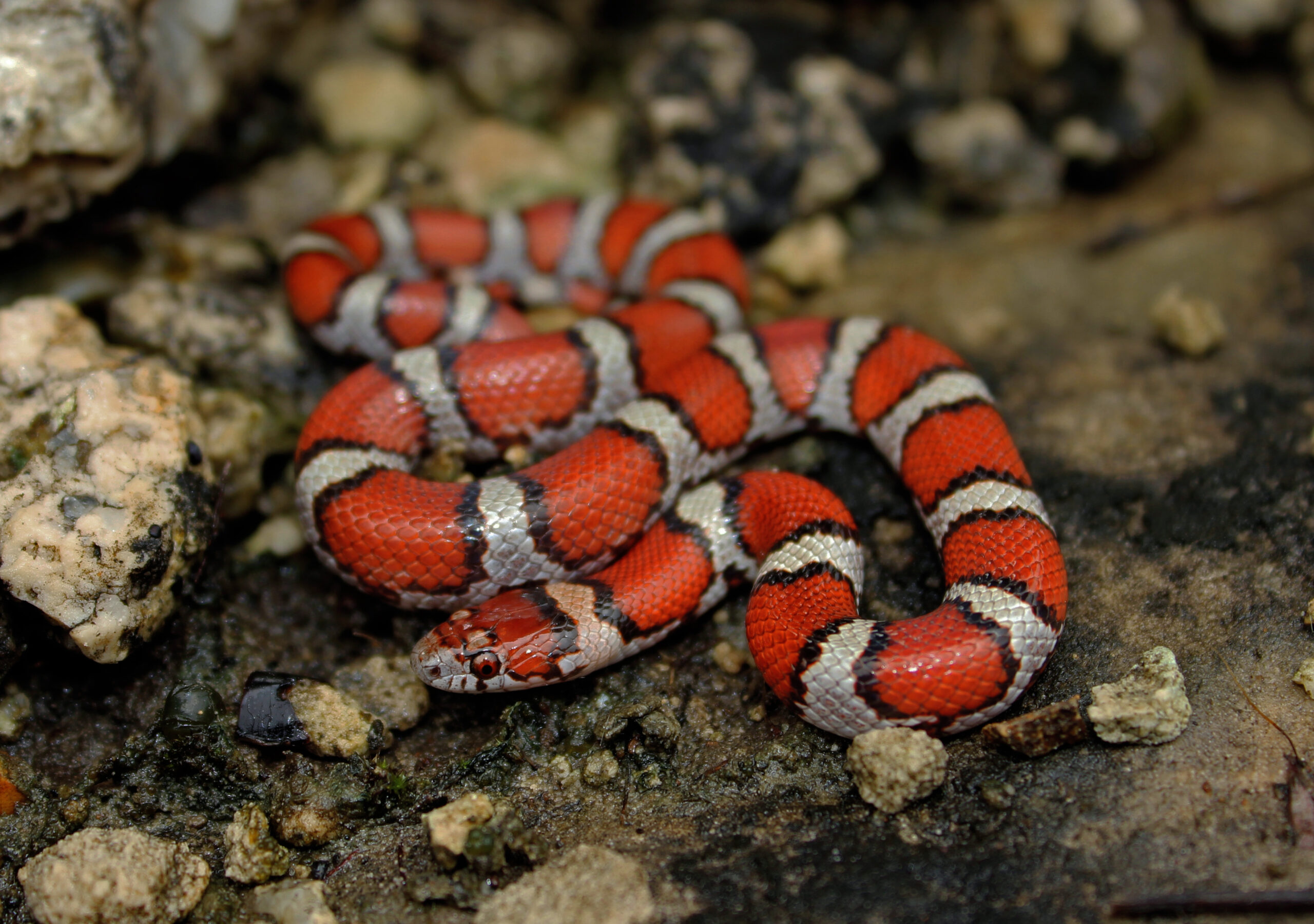
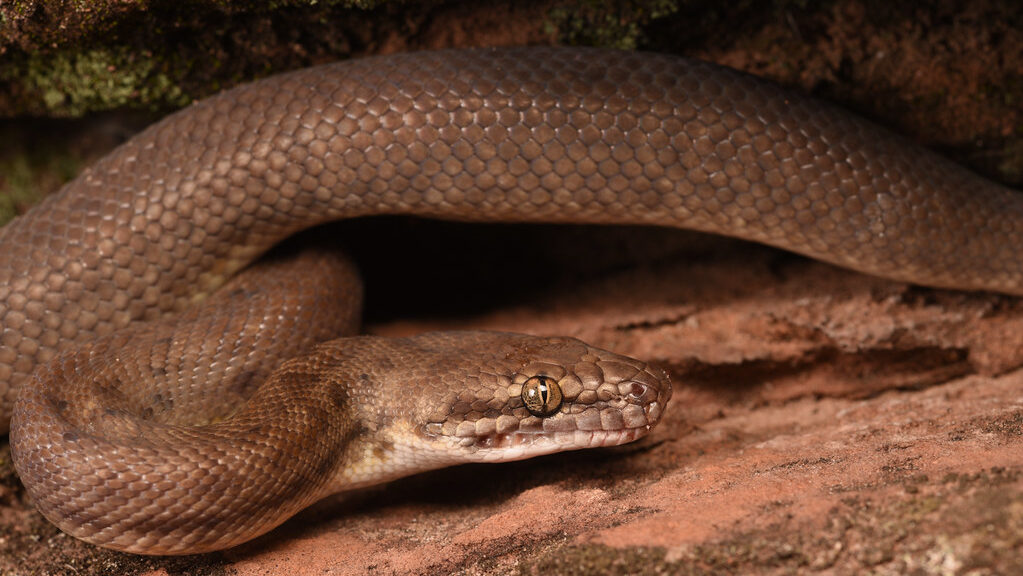

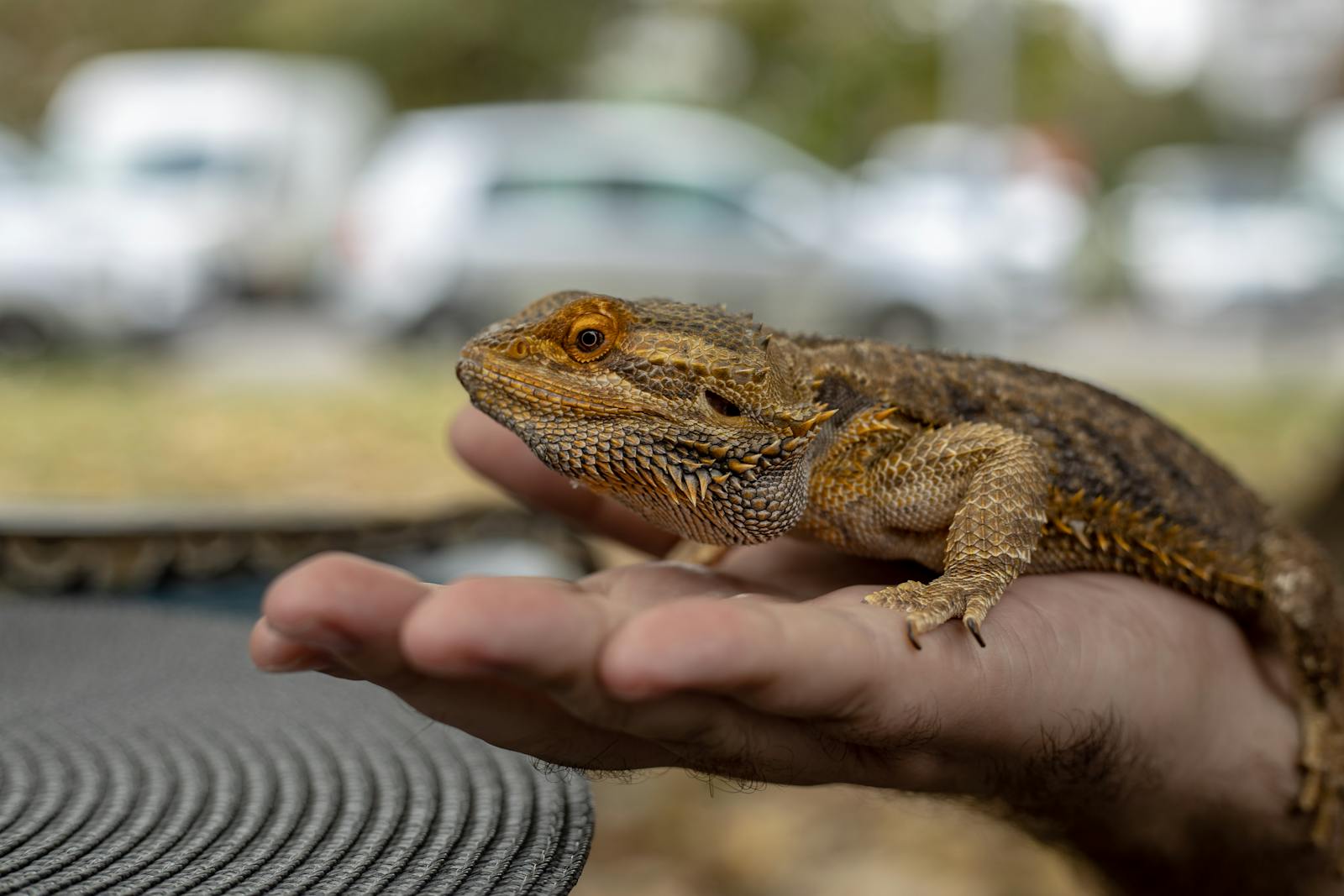
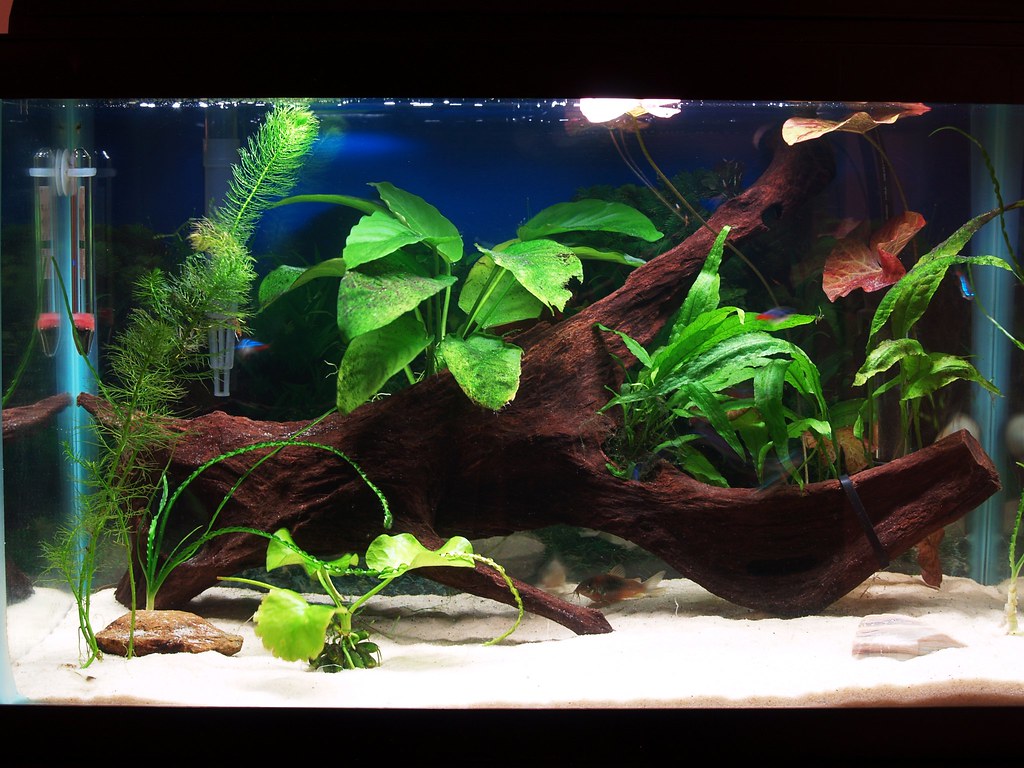
Leave a Reply